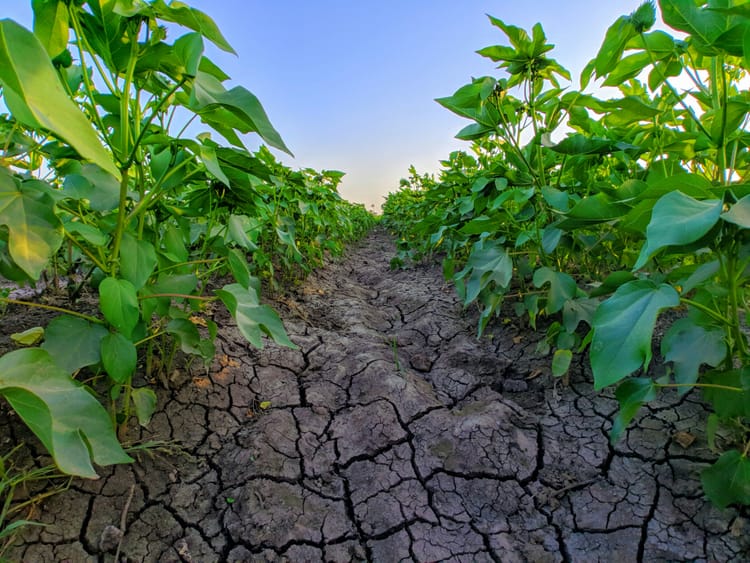Nature investment: private finance flows 140 times larger for degradation than for protection

Nature investment needs a dramatic shift, according to a new report released by the UN at COP28 which shows that US$5 trillion of private finance goes into projects that harm nature and biodiversity every year, compared to US$35 billion invested in nature-based solutions.
Climate conversations increasingly include nature and biodiversity considerations, but the world must do more to put its money where its mouth is. An analysis of global financial flows by the UN Environment Programme (UNEP) and Global Canopy, a data-driven non-profit looking at the market drivers that negatively impact nature, shows that nature-harming investments by the private sector are 140 times higher than funding for solutions that protect natural ecosystems.
Five industries are responsible for nearly half of this negative nature investment: construction, electric utilities, real estate, oil and gas, and food and tobacco. Together, these only represent 16% of overall investments into the economy, but they make up 43% of the funding that harms forests, wetlands, and other natural habitats.
Nature investment: “The net is tightening”
For Niki Mardas, Executive Director of Global Canopy, this is “a stark reminder that continuing with ‘business as usual’ poses a severe threat to our planet”.
“The net is tightening, with increased regulatory pressure in key areas like tackling deforestation, it means that those companies and financial institutions still driving the problem now need to make best use of the excellent data, guidance and frameworks already available to urgently commit to a nature-positive future," he added.
Counting both public and private finance, close to US$7 trillion, or 7% of global GDP, is invested annually in activities that have a direct negative impact on nature, the report points out.
Negative nature investment from governments includes harmful subsidies in agriculture, fossil fuels, fisheries and forestry – estimated at US$1.7 trillion in 2022.
Funding for nature-based solutions
Meanwhile, the funding gap for nature-based solutions persists, with only US$200 billion allocated in 2022 and only a small minority of this total coming from the private sector. According to the report, 82% of these nature-positive flows (US$165 billion) were provided by governments, while only US$35 billion came from private finance.
The levels of public and private finance going into nature-based solutions should triple by 2030 and quadruple by 2050 to reach the US$737 billion needed to meet the Global Biodiversity Framework target to protect 30% of land and sea by 2030, UNEP warns.
Some private financiers are preparing to integrate nature criteria into their funding decisions, but efforts must accelerate for private finance to increase its share in overall nature-positive funding from the current 18% to 33% by 2050, the organisation adds.
“Nature-based solutions are dramatically underfunded. Annual nature-negative investments are over 30 times larger than financing for nature-based solutions that promote a stable climate, and healthy land and nature. To have any chance of meeting the sustainable development goals, these numbers must be flipped – with true custodians of the land, such as Indigenous Peoples, among the chief beneficiaries,” said Inger Andersen, Executive Director of UNEP.







Member discussion